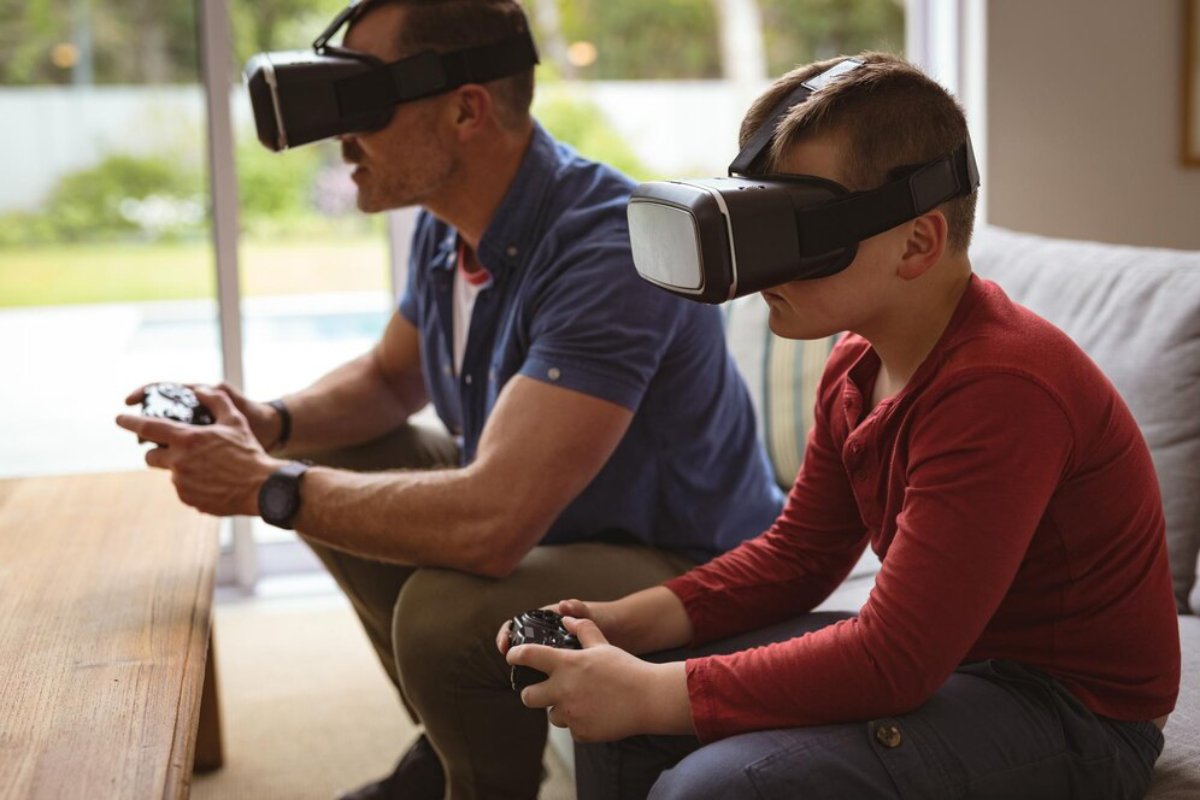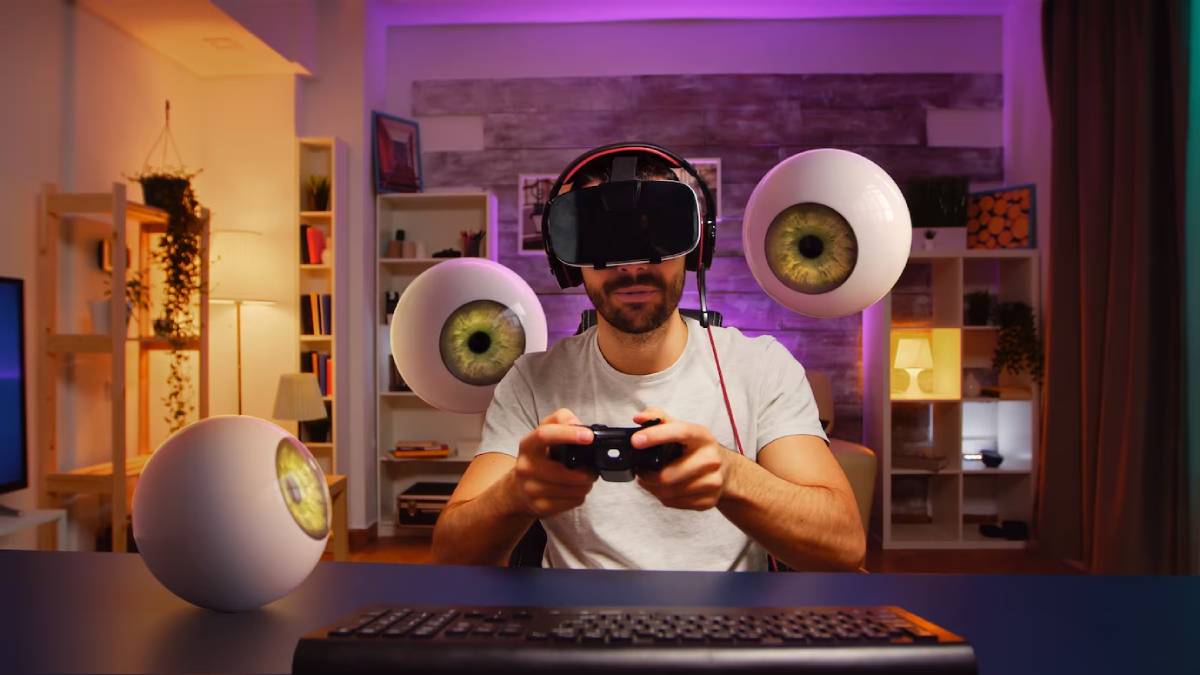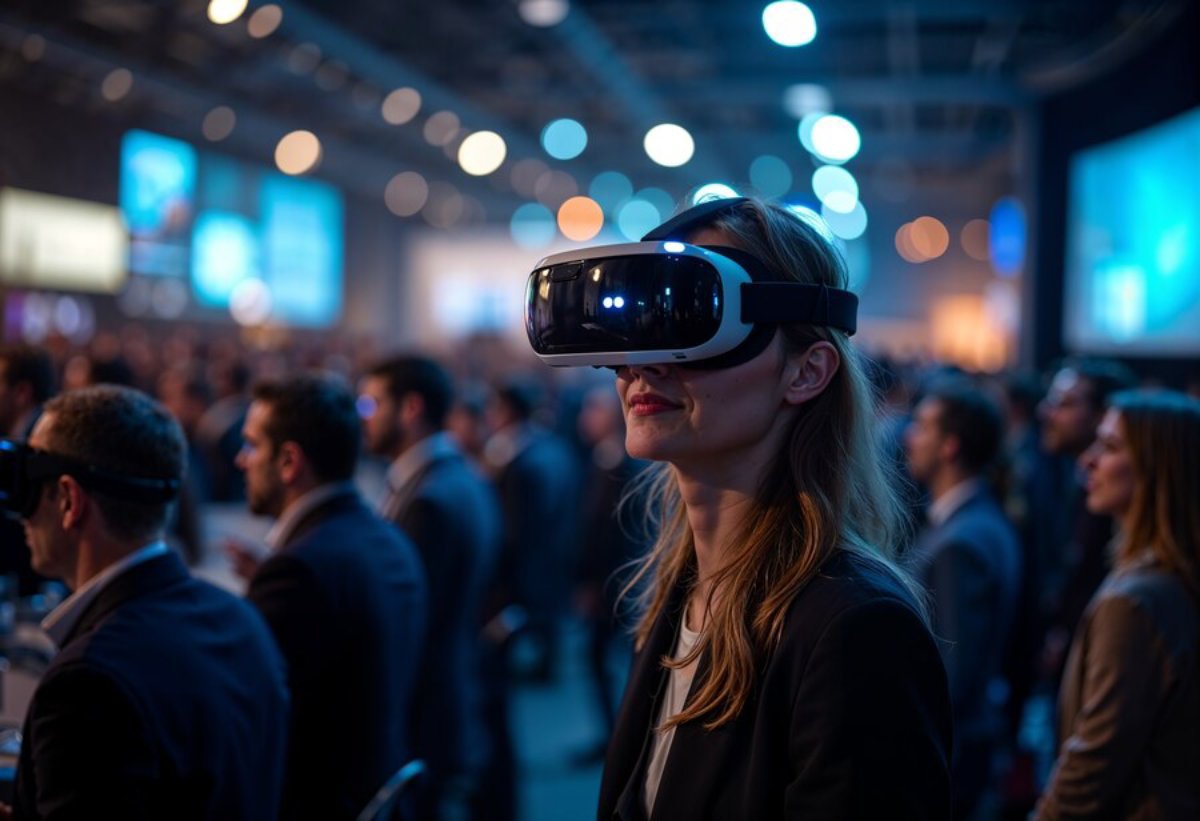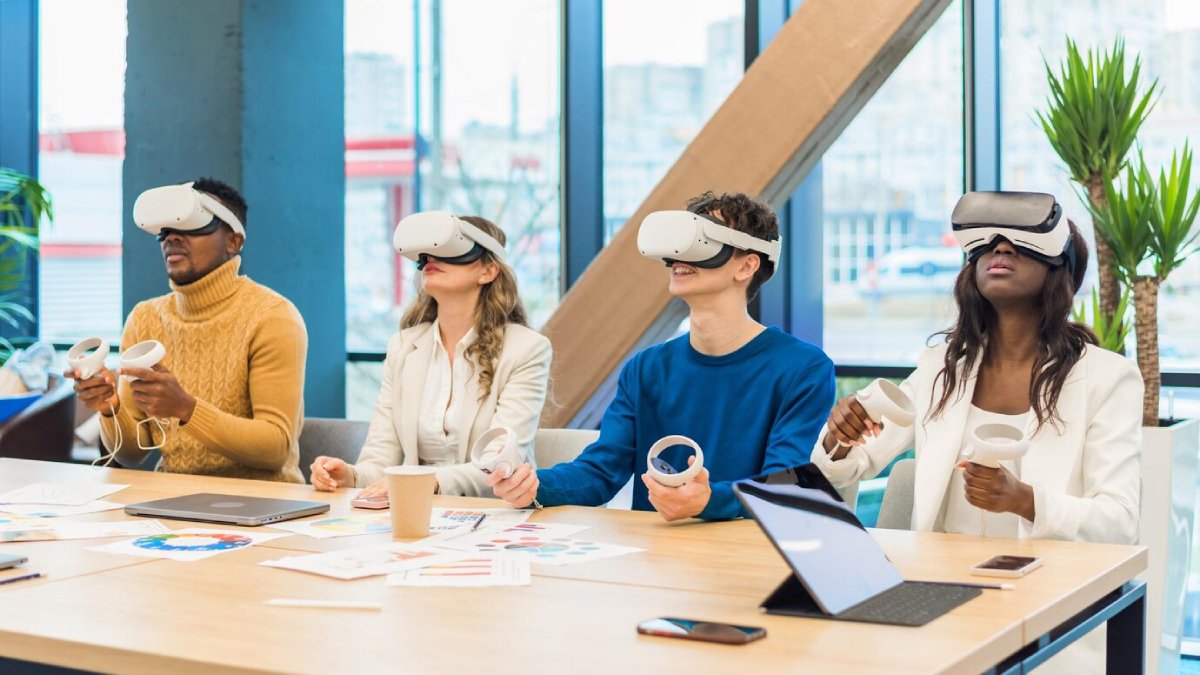
Key Challenges in VR Game Design and How to Overcome Them
Virtual Reality (VR) gaming has quickly become an exhilarating aspect of the gaming industry. VR is shaping experiences through old technology that gaming currently can’t compare. However, developing a seamless VR game is not without its challenges. This blog delves into the key VR game design challenges and provides insights on addressing them. Follow our blog to maximise the chance your game finds and retains an audience!
Developing VR games might sometimes require more experience with the technology employed in the game and its usability. VR’s experimental nature requires special attention in its development compared to traditional games. Immersive gameplay must be balanced with hardware constraints. In this blog, we will explore these challenges in detail and provide some actionable solutions.

Key Benefits / Why It Matters
Understanding VR Game Design Challenges
VR game design challenges are complex and involve technical, creative, and user-experience aspects. Knowing these challenges is vital for developers who want to create captivating VR experiences.
1. Immersive Gameplay Solutions
The key to VR game design is creating immersive gameplay. Players should feel like they are part of the virtual world. This requires high-quality graphics and sound, along with intuitive interaction methods. Developers must consider how players engage with the environment and make those interactions smooth and lifelike.
2. Hardware Limitations
VR hardware has significant limitations despite improvements. Issues like motion sickness, limited field of view, and the need for powerful computing can impact the VR experience. Developers must create games that function well within these limits while providing a rich experience.
3. User Experience and Interface Design
VR’s user interface (UI) is quite different from traditional gaming. Developers need to create functional interfaces that enhance the immersive experience. This includes intuitive controls and ensuring the UI doesn’t distract from the virtual environment.
Additional Expert Tips & Common Mistakes to Avoid
Best Practices in VR Game Design
To tackle VR game design challenges, developers should follow best practices that improve player experience and ensure success.
1. Prioritize Player Comfort
Motion sickness is a common issue in VR. Developers should focus on player comfort by designing experiences that reduce rapid movements and ensure smooth transitions. Techniques like teleportation mechanics or gradual acceleration can help.
2. Optimize for Performance
VR is demanding, so optimising performance is essential. Developers should use efficient coding practices and techniques like level of detail (LOD) scaling and texture compression to ensure smooth gameplay.
3. Design Intuitive Interactions
VR games should enable intuitive interactions that mimic real-world actions. This involves using natural gestures and providing clear feedback to players. By creating normal interactions, developers can boost the sense of presence in the virtual world.
Common Mistakes in VR Game Design
Avoiding common mistakes can significantly improve a VR game’s quality. Here are some pitfalls to watch for:
1. Overcomplicating Controls
Complex controls can ruin the immersive experience. Developers should keep controls simple, so they are easy to learn and use.
2. Ignoring Audio Design
Audio is crucial for immersion. Neglecting sound design can make a game less engaging. Developers should invest in quality audio to complement visuals.
3. Lack of Testing
Testing is key in VR game development. Developers should thoroughly test to find and fix issues like motion sickness, performance problems, and interaction glitches.

Advanced Insights / Expert Recommendations
Leveraging Emerging Technologies
Developers can use new technologies to enhance their games as VR technology evolves.
1. Eye Tracking
Eye tracking can reveal player behaviour and improve interaction methods. Knowing where players look allows developers to create dynamic and responsive experiences.
2. Haptic Feedback
Haptic feedback enhances immersion by providing tactile sensations that mimic real-world interactions. Developers should consider adding this feature for a more engaging experience.
3. AI Integration
Artificial intelligence (AI) can create lifelike NPCs (non-player characters) and dynamic environments. By using AI, developers can build more realistic and engaging virtual worlds.
Paving the Way for Immersive VR Experiences
VR game design has its difficulties, but careful planning makes it possible for developers to craft an immersive experience. Once you grasp these challenges and implement practices, developers can navigate these challenges and create games that hook players. As technology progresses, so too does our potential for VR gaming. By adopting new technologies and responding to player needs, it is possible to launch a successful VR game that paves the way for the industry’s future.
However, the journey behind VR game development is as exciting as the game itself. By facing challenges, players feel absorbed in new worlds and environments, and developers are able to deliver more realistic experiences using the newest-generation technologies. All in all, VR game development is an exciting adventure that offers limitless possibilities for creativity and engagement. The power lies in your hands and the future of gaming.
So, are you excited to get started developing VR games? Share your thoughts in the comments below to continue the conversation about breaking the barriers of VR gaming .


